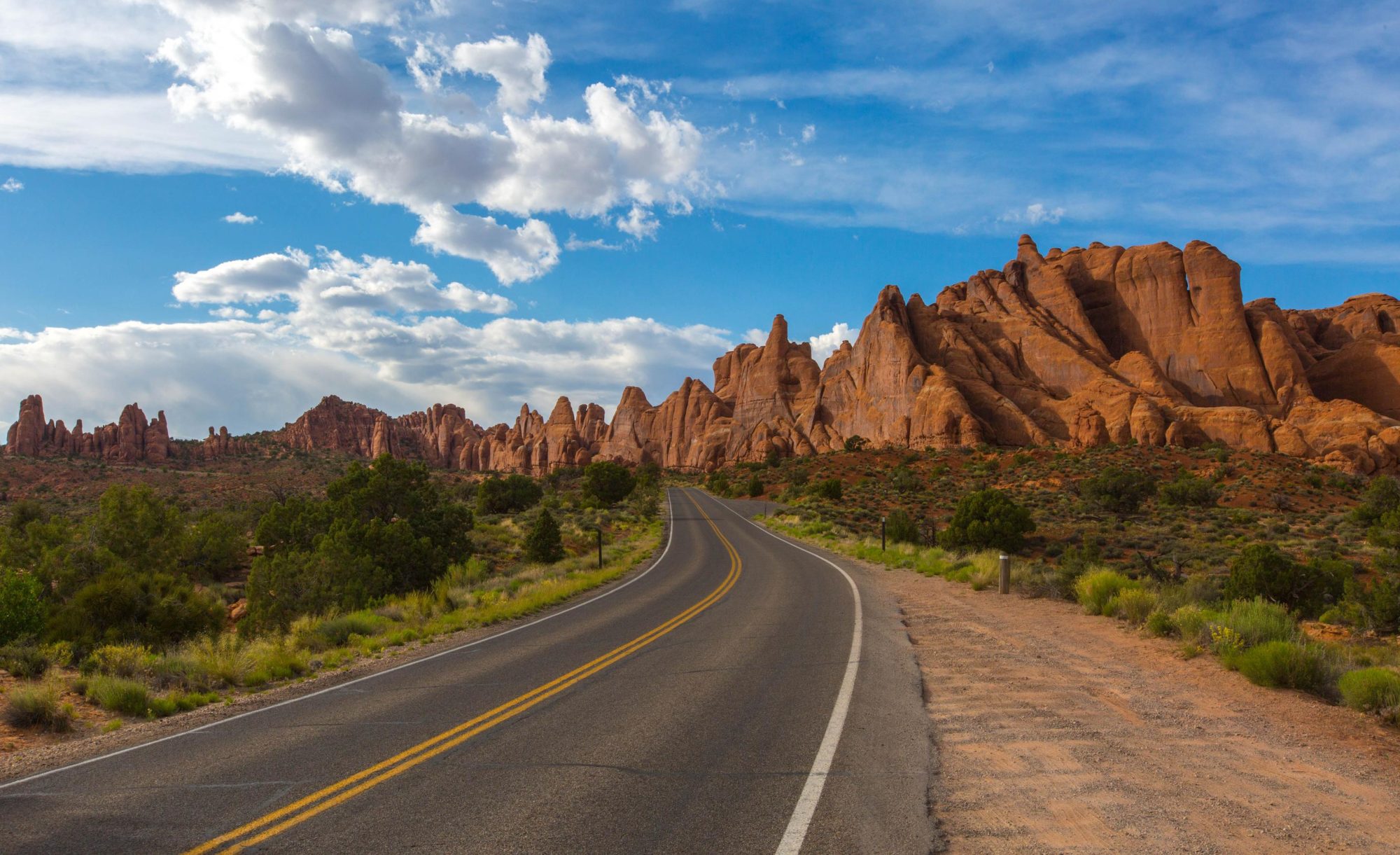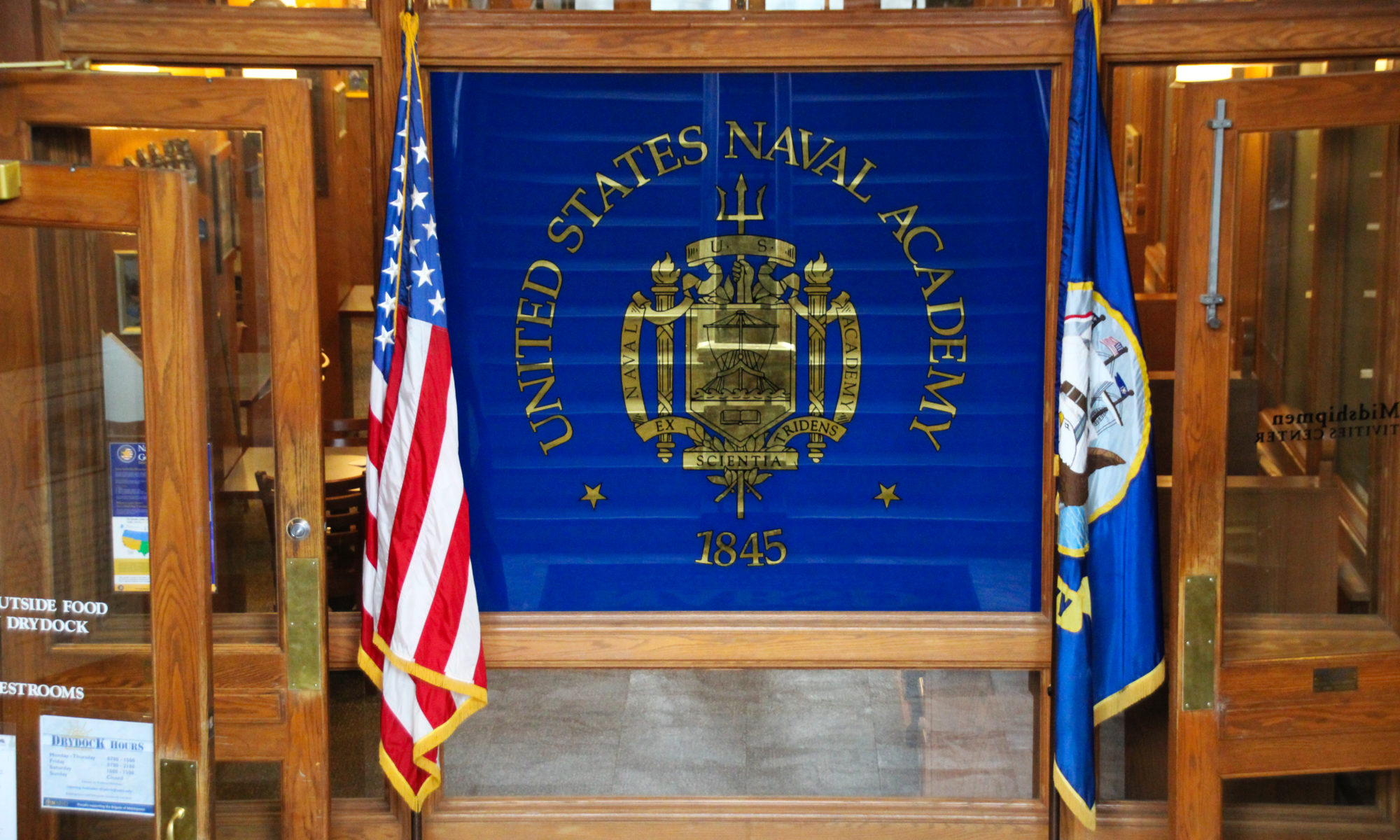We started our Maryland visit in Annapolis: state capital, former temporary national capital from 1783-1784 and home to the United States Naval Academy since 1845. As we were the only ones brave enough to brace the cold weather, we had a fantastic tour of the Academy campus, better known as The Yard, with Mike our personal guide. A full two hours was spent walking through the buildings learning how the students, or midshipmen, spend their four years here living, studying and socialising before being commissioned as officers into either the Navy or Marines upon graduation.
Mike was brilliant, answering all our questions and sharing in-depth knowledge about the Academy and its history and traditions before confessing at the end of the tour that while his sons are in the Navy, he actually served in the Army 😂
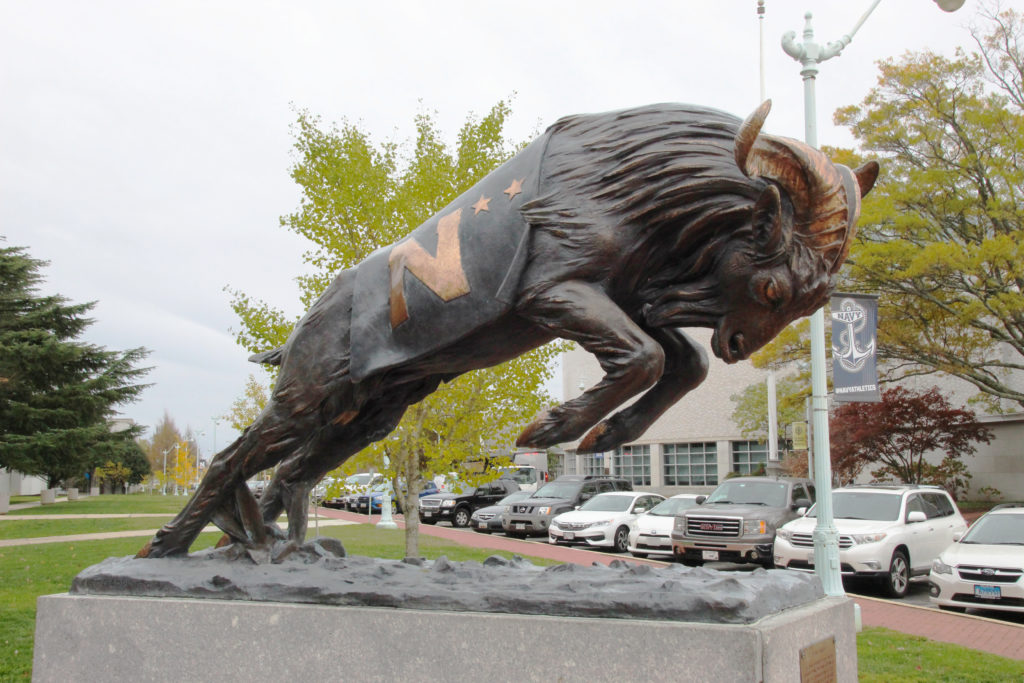
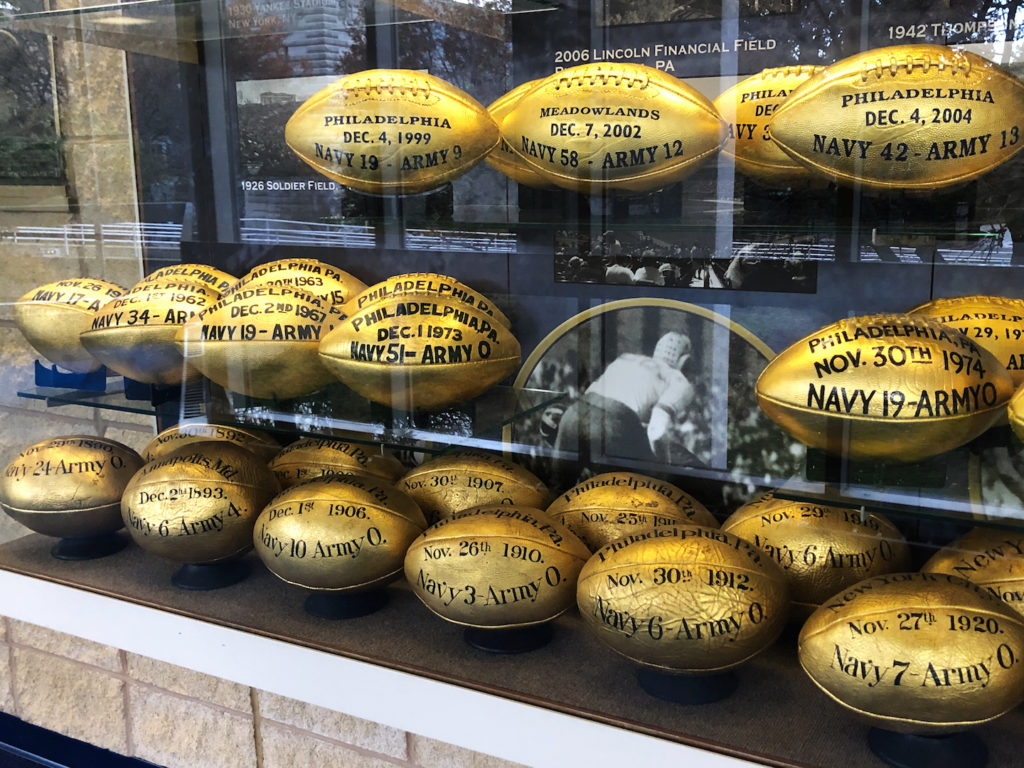
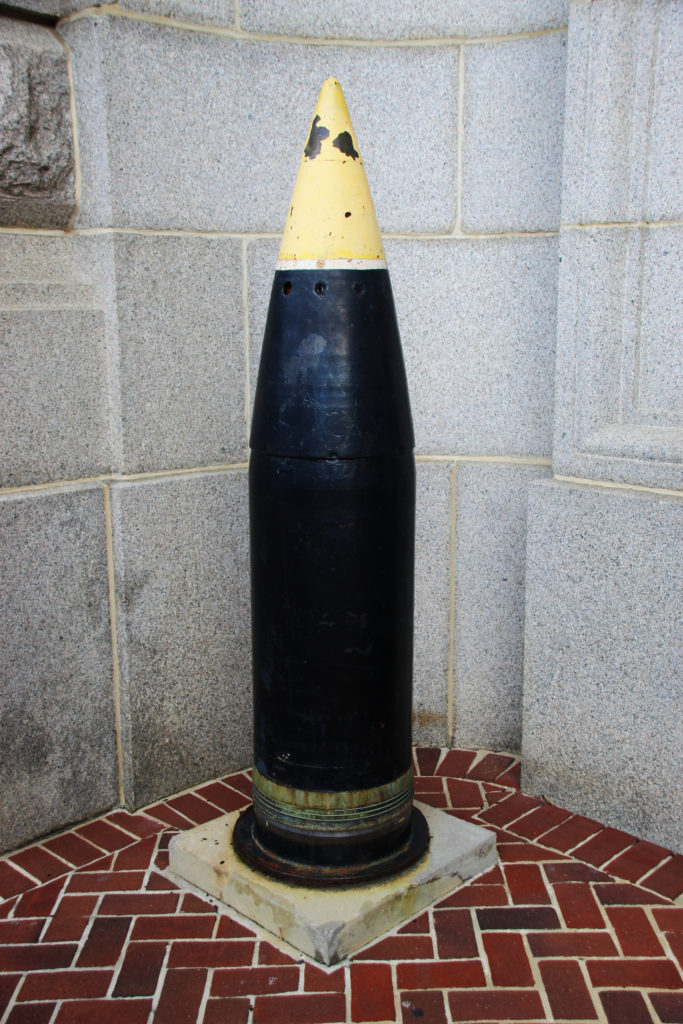
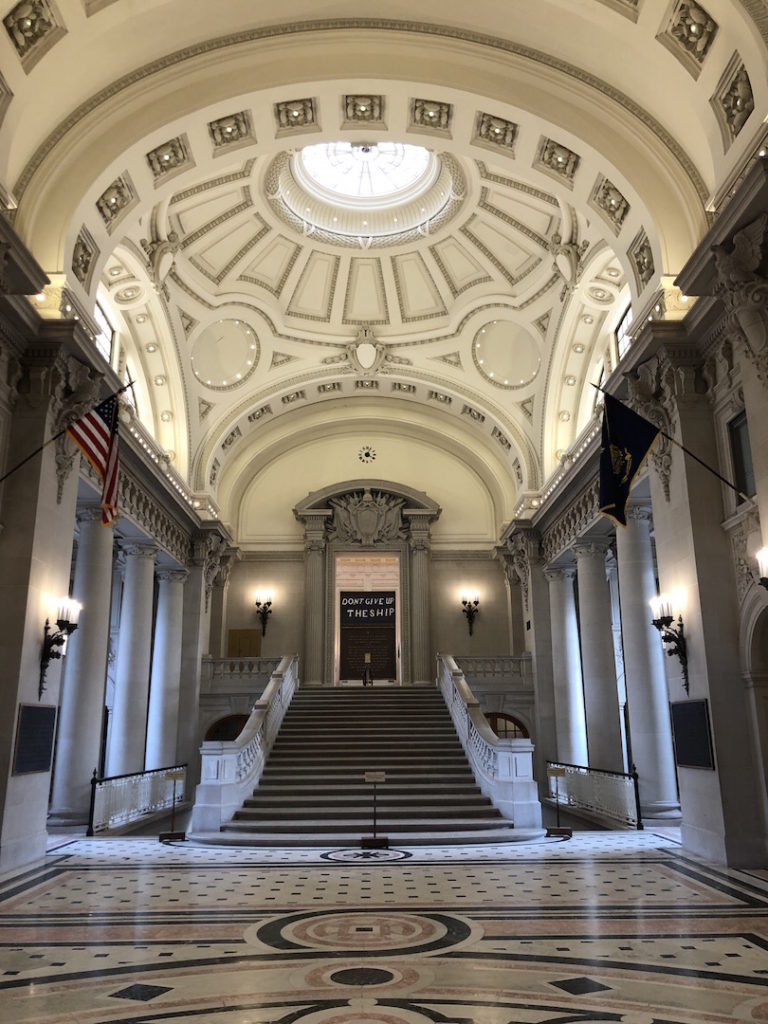
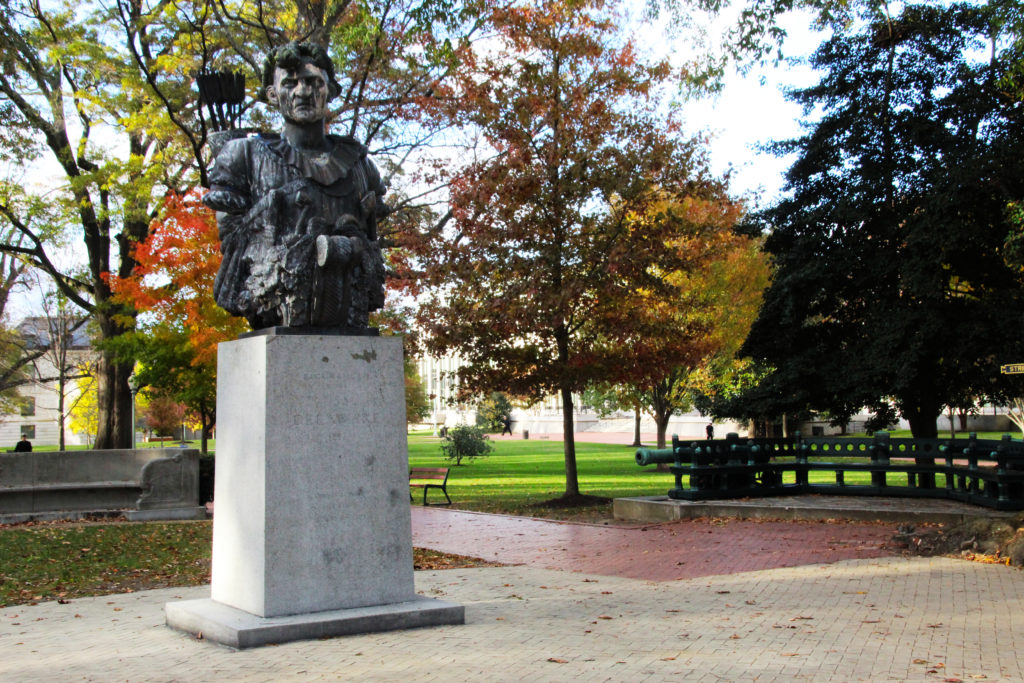
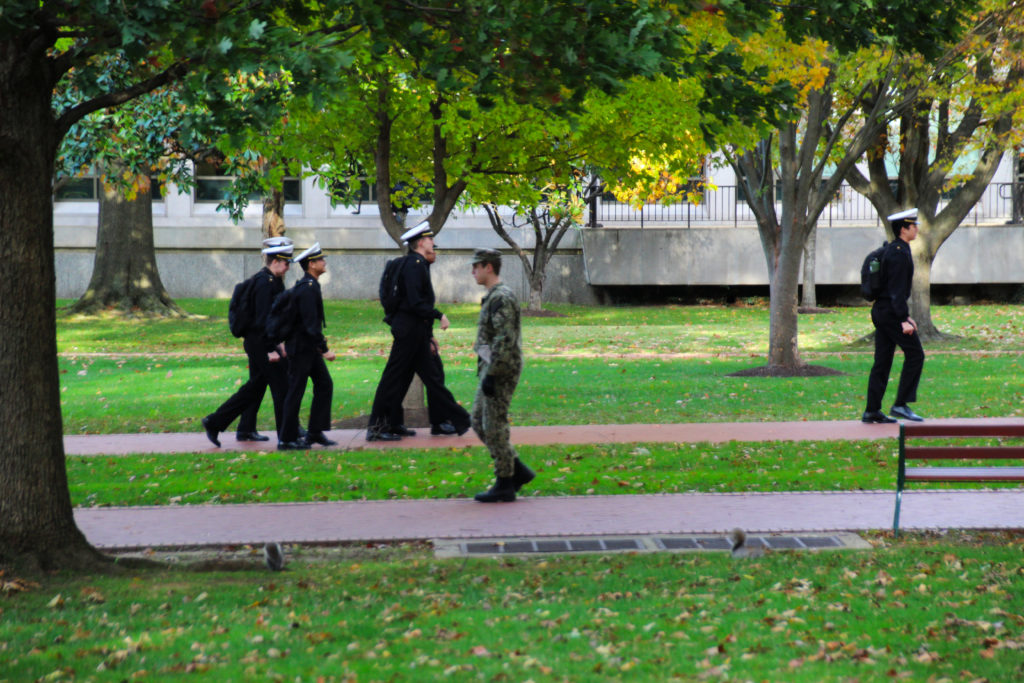
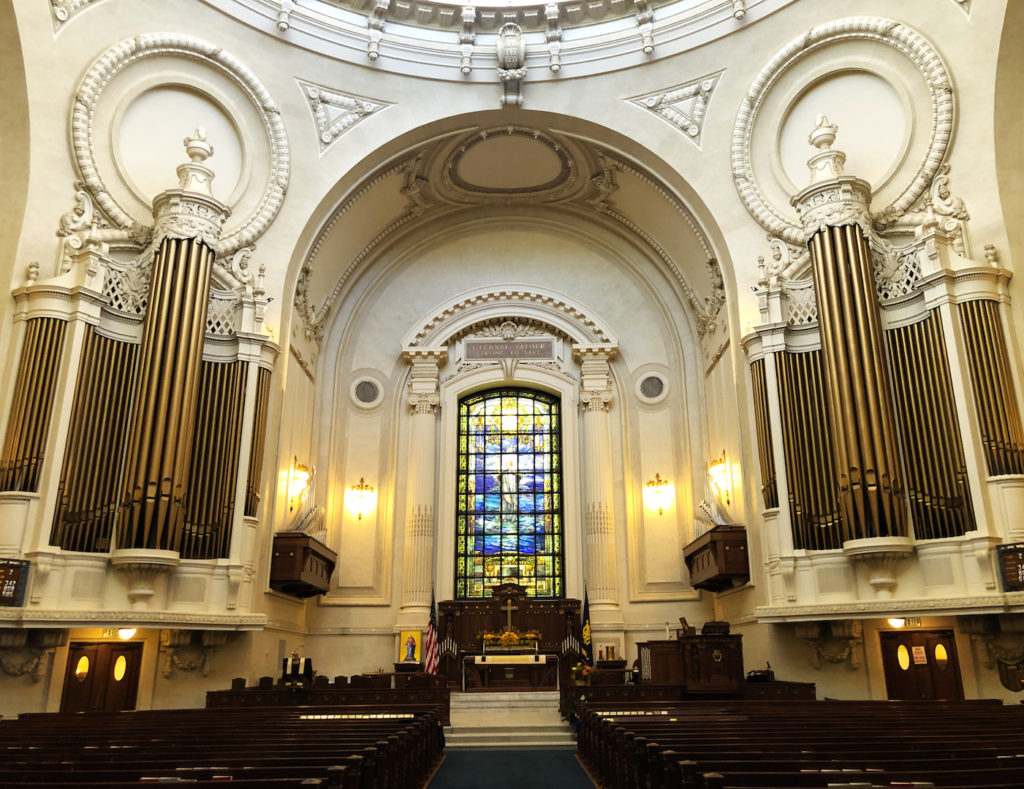
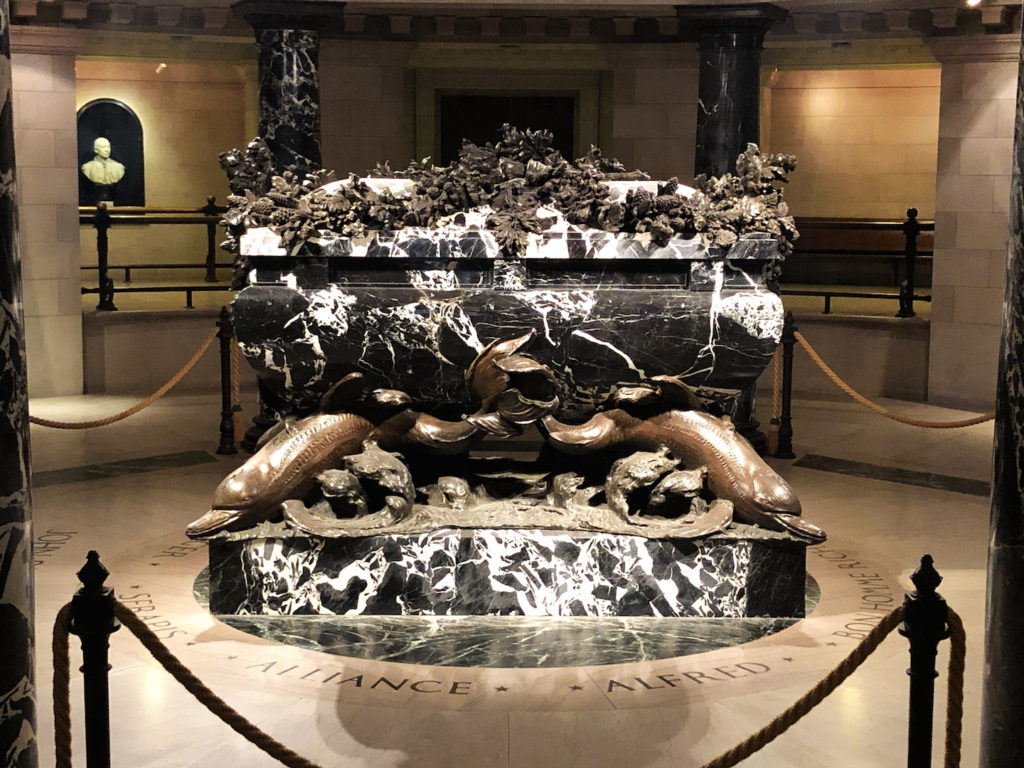
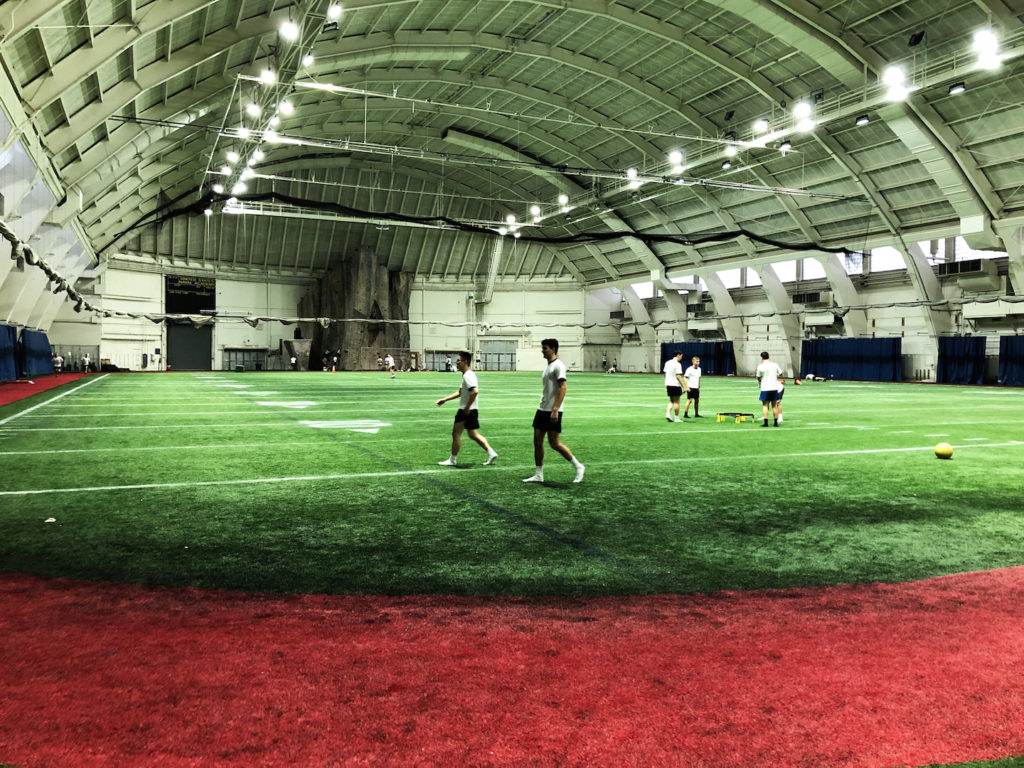
Our stopover night in Baltimore gave us the opportunity to sample Maryland crab cakes. We headed to Maisy’s and were not disappointed. Expecting cakes of crab mixed with mashed potato (like we would get at home), it turns out that Maryland crab cakes are scrumptious parcels made up entirely of crab. They were so good, one may have also been had for dessert.
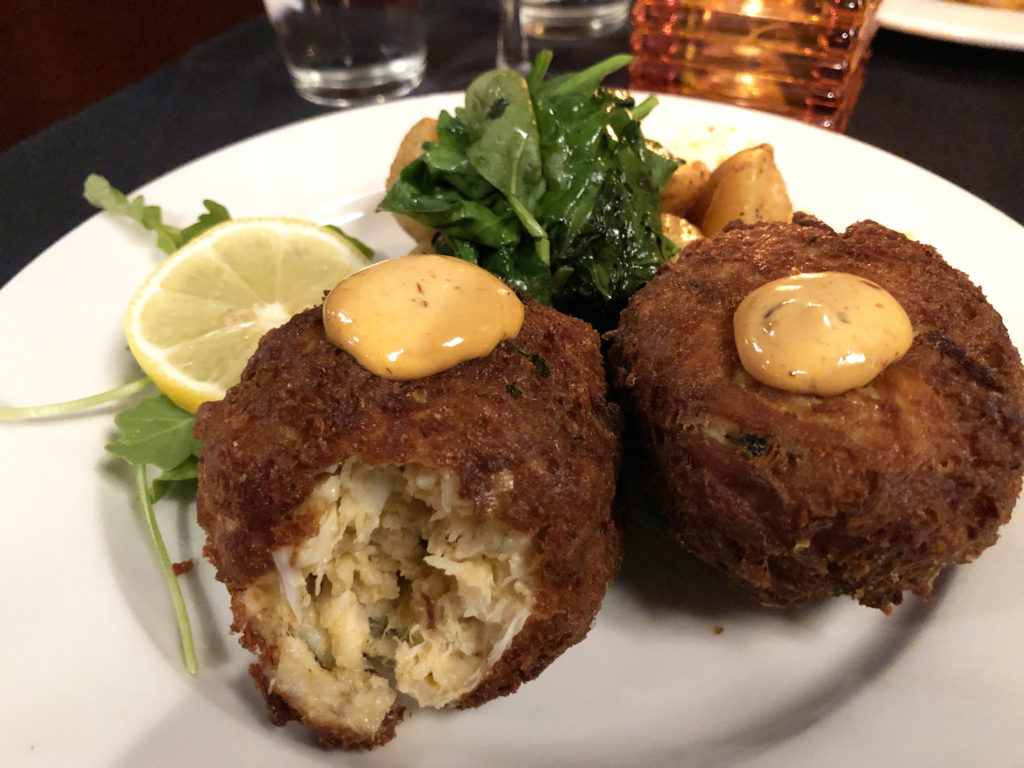
Heading north of Baltimore we stopped at Antietam National Park. It is the site of the Battle of Antietam which preceded the Battle of Gettysburg by ten months. While Gettysburg is considered the turning point of the Civil War, the battle that took place at Antietam on 17 September 1862 is also considered one of the most important of the war. The Union Army effectively stopped Confederate General Lee’s attempt to invade a Northern State and this battle led to President Lincoln issuing the Preliminary Emancipation Proclamation on 22 September 1862. However it was at a high cost: it remains the bloodiest battle in all American military history with over 23,000 men listed as killed, wounded, captured or missing in a 12 hour period.
Just like at Gettysburg, it was eerily chilling to stand on the site of the battle and imagine the events that took place around us. Also sobering was to think of the people of Antietam who fled their homes when the fighting commenced only to return afterwards to a war-ravaged landscape filled with thousands of soldiers who were wounded, dying or dead. It was simply beyond comprehension for us.

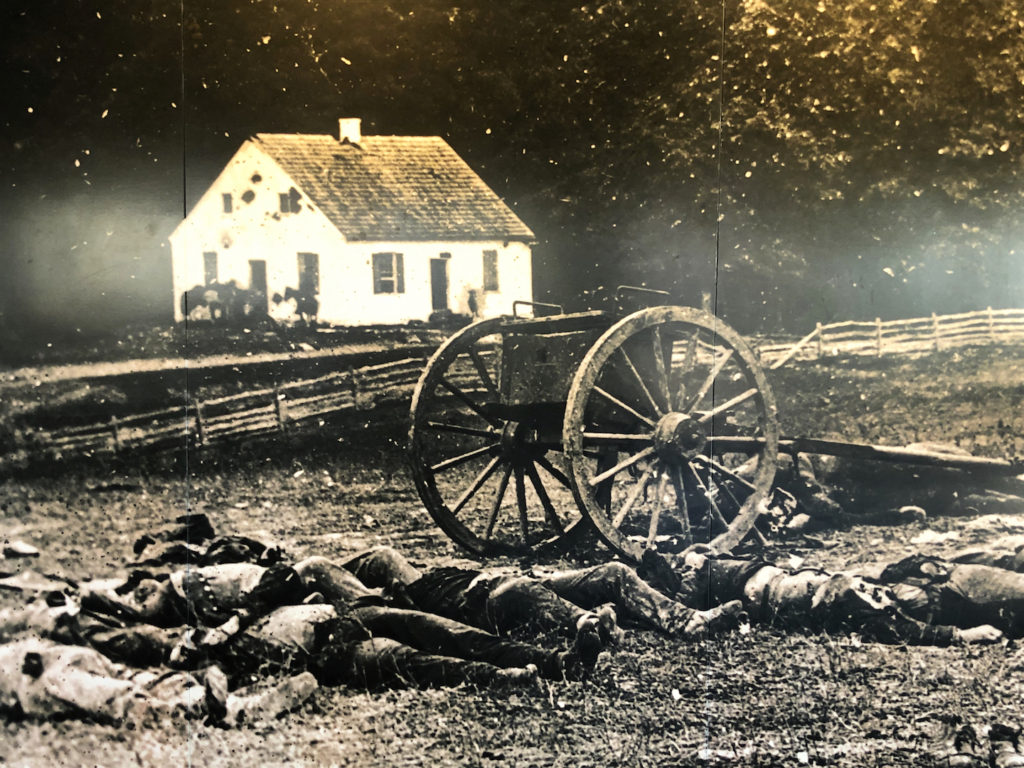
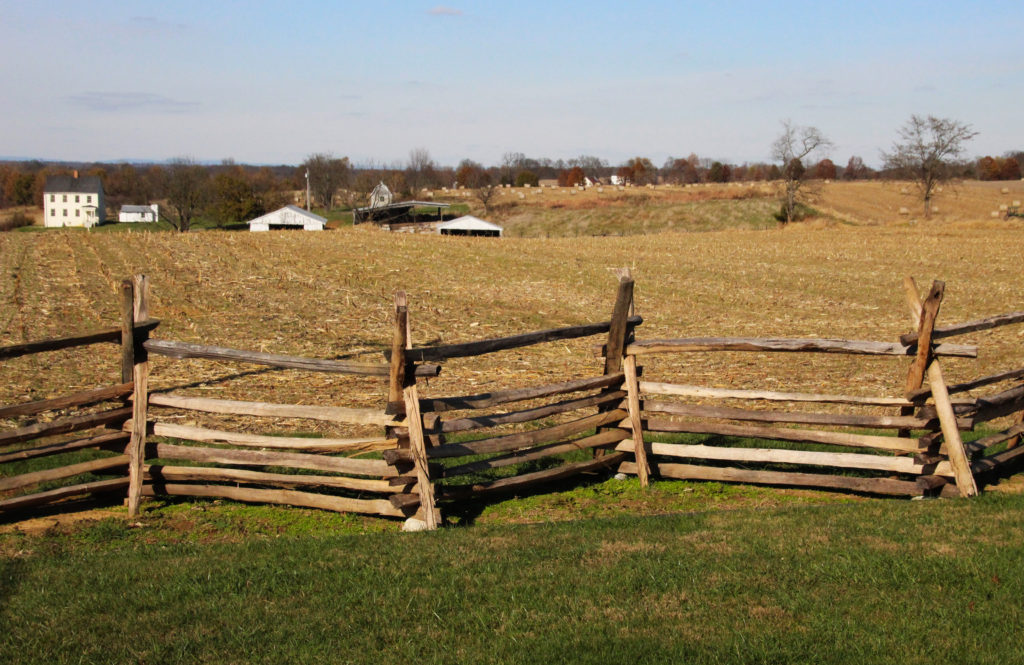
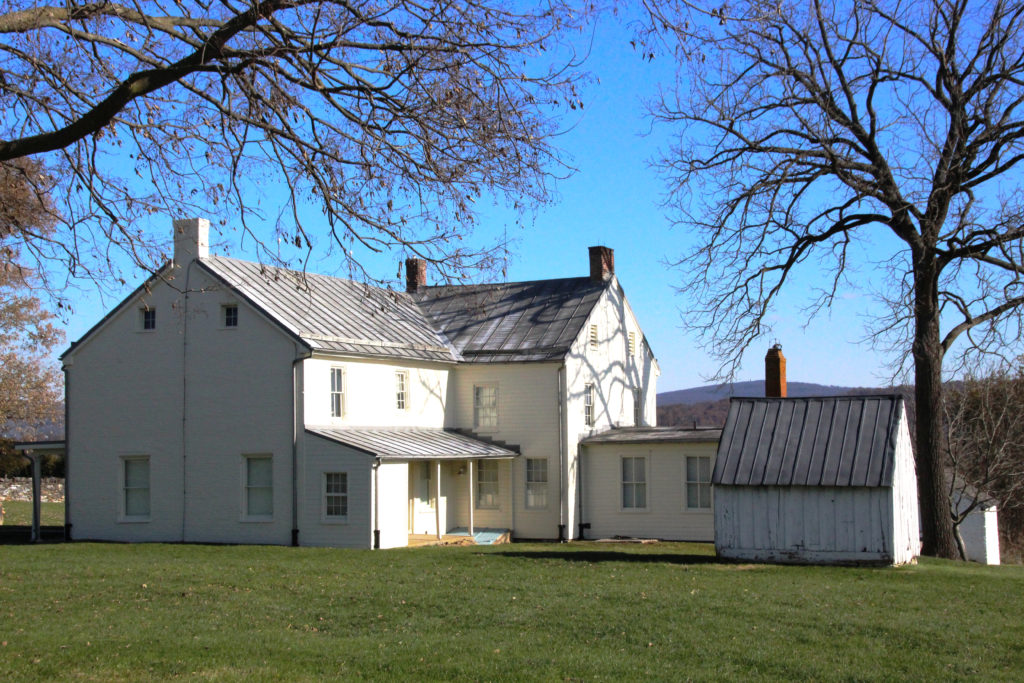
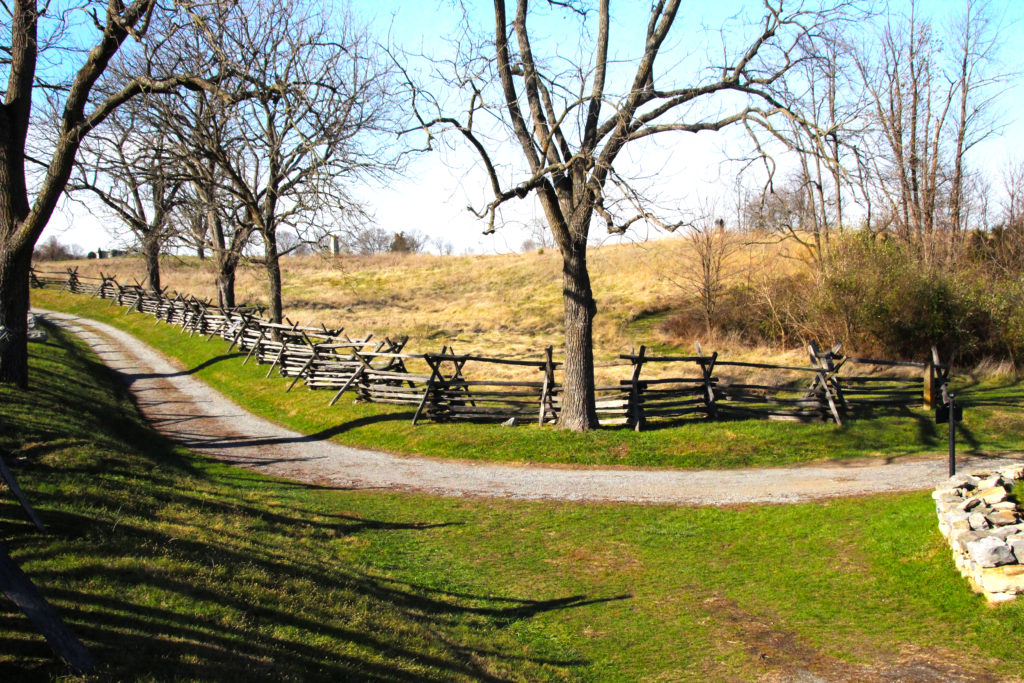
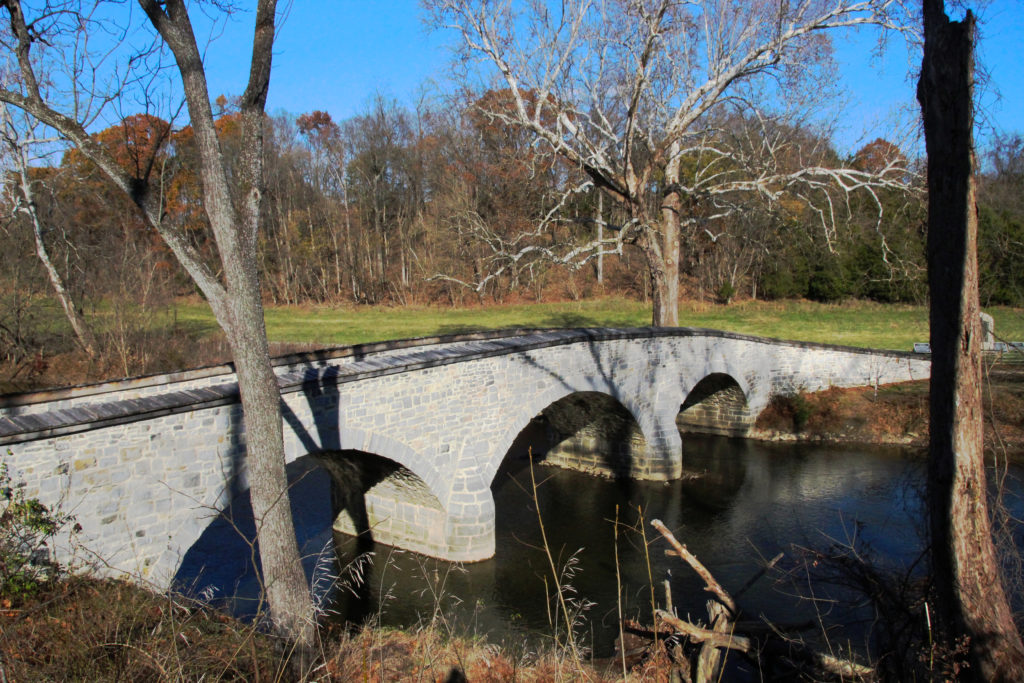
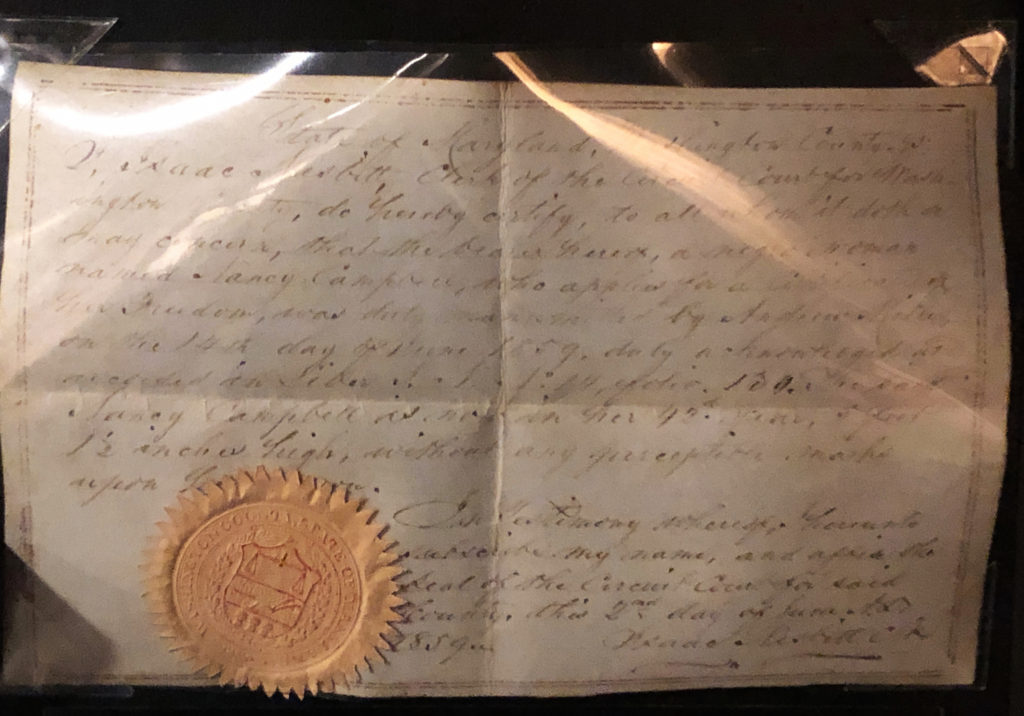
Our final stop in Maryland was just ten minutes from Antietam in a town called Boonsboro which is home to author Nora Roberts. As a Nora Roberts fan who has read her Inn BoonsBoro trilogy, it was pretty neat to see the Inn and surrounding businesses that also feature in the books.
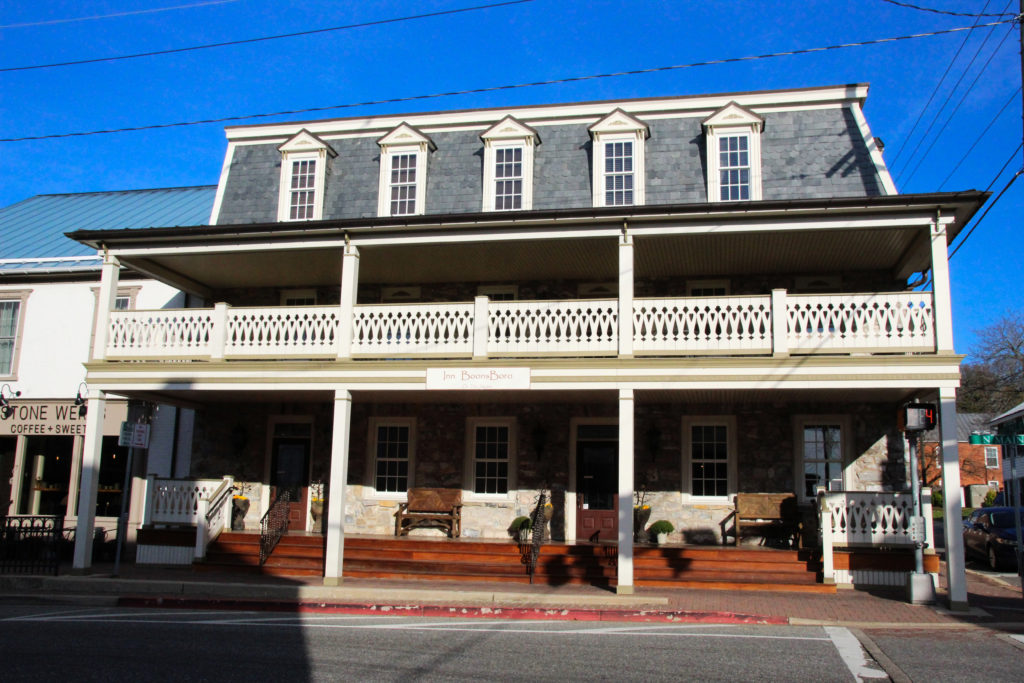
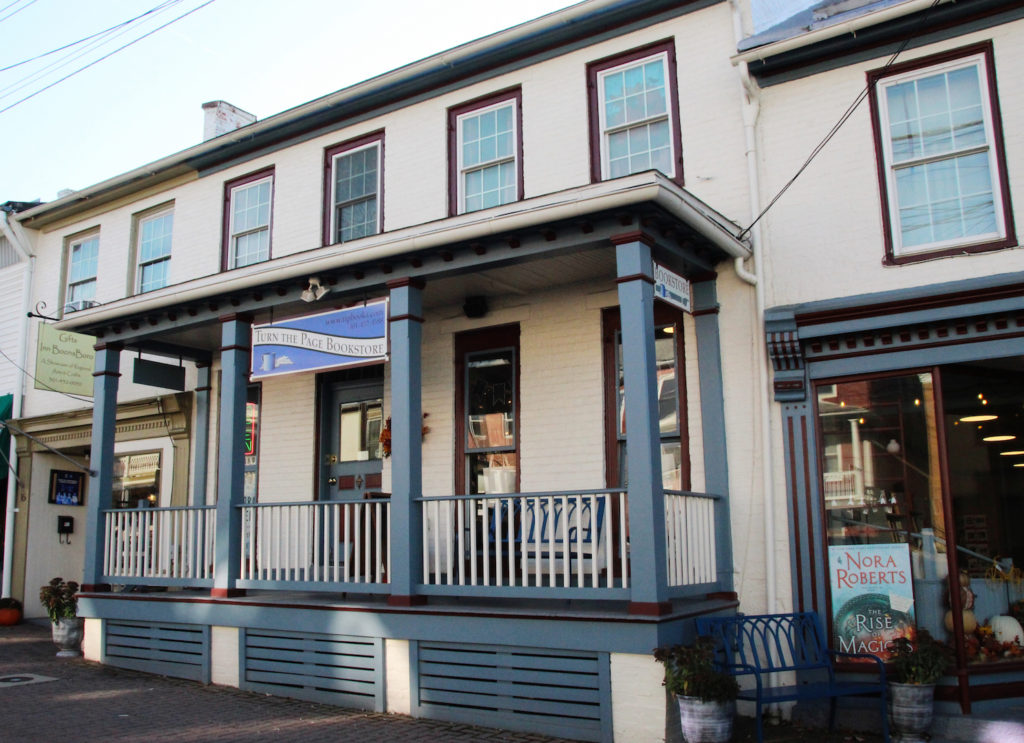
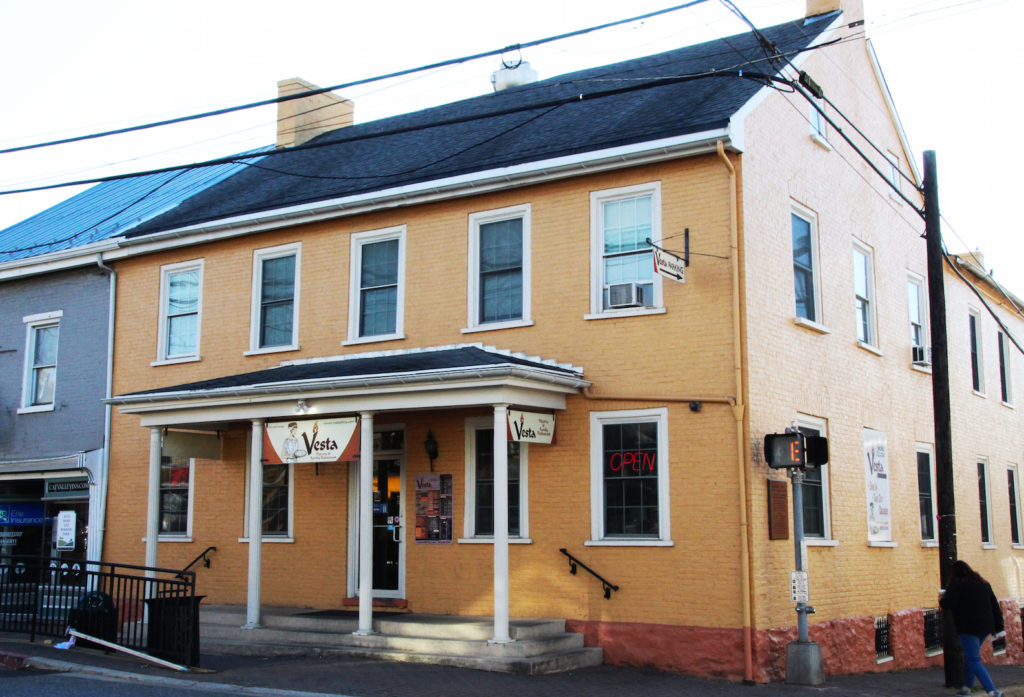
Maryland you are our 30th state and you have been wonderful to us. We’re off to Washington DC now for monuments, museums and a glimpse inside the Capitol!
P&S
